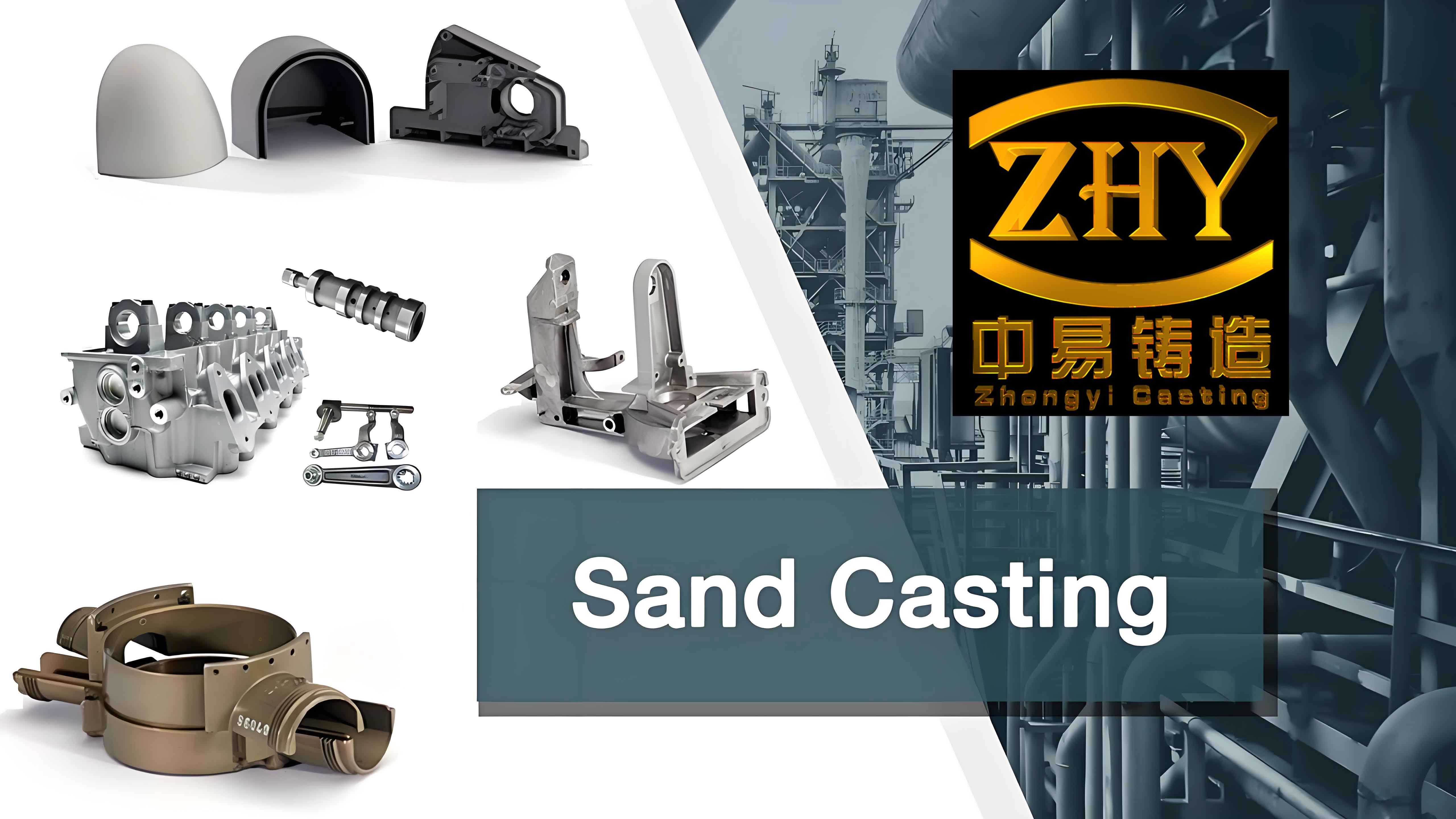Sand casting is a widely utilized manufacturing process for producing various components across different industries. Achieving cost-effective production of high-quality sand casting parts is a crucial objective for manufacturers to remain competitive and meet the demanding requirements of their customers. This article explores the strategies and techniques employed to attain this balance.

Introduction
Sand casting offers flexibility in design, allowing for the creation of complex shapes and large-sized parts. However, to ensure its economic viability and superior quality, a comprehensive understanding of the production process and associated costs is essential.
Understanding the Costs Involved in Sand Casting
The cost of producing sand casting parts encompasses various factors, including:
- Materials
- Sand: The type and quality of sand used can impact costs.
- Metal alloys: The choice of alloy and its market price.
- Labor
- Pattern making.
- Mold preparation.
- Pouring and finishing operations.
- Equipment and Machinery
- Molding machines.
- Melting furnaces.
- Inspection equipment.
- Energy Consumption
- Heating for melting and curing.
- Overhead Costs
- Factory space.
- Maintenance and repair.
Quality Attributes of Sand Casting Parts
High-quality sand casting parts exhibit the following characteristics:
- Dimensional Accuracy
- Meeting tight tolerances.
- Consistent part dimensions.
- Surface Finish
- Smooth and defect-free surface.
- Mechanical Properties
- Adequate strength, hardness, and ductility.
- Internal Soundness
- Free from porosity, inclusions, and cracks.
Strategies for Cost Reduction
- Process Optimization
- Streamlining the workflow to minimize waste and rework.
- Improving the efficiency of each production stage.
- Material Selection
- Choosing cost-effective yet suitable sand and alloys.
- Exploring alternative materials with comparable properties.
- Pattern and Mold Design
- Designing patterns and molds for easy assembly and disassembly.
- Reducing the complexity of the mold to lower manufacturing costs.
- Automation and Robotics
- Incorporating automated systems for repetitive tasks.
- Enhancing productivity and reducing labor costs.
- Energy Management
- Implementing energy-efficient practices and equipment.
- Utilizing waste heat for other processes.
Techniques for Ensuring Quality
- Quality Control Systems
- Establishing strict inspection procedures at various stages.
- Using advanced inspection tools and techniques.
- Employee Training
- Educating workers on quality standards and best practices.
- Encouraging a quality-conscious culture.
- Simulation and Modeling
- Employing software to predict potential defects and optimize the process.
- Supplier Partnerships
Working closely with suppliers to ensure the quality of raw materials.
Case Studies
Case Study 1: Automotive Component Manufacturer
By optimizing the mold design and automating certain processes, a manufacturer was able to reduce production costs by 15% while maintaining the quality of sand casting parts for engine blocks.
Case Study 2: Aerospace Company
Through material selection and process improvements, a aerospace company achieved a 10% cost reduction in the production of sand casting parts for turbine housings without compromising on quality and performance.
List of Cost-Effective Sand Casting Practices
- Regular maintenance of equipment to prevent breakdowns and costly repairs.
- Implementing just-in-time inventory management for materials.
- Utilizing rapid prototyping for pattern development to minimize errors.
- Conducting cost-benefit analyses for new technologies and processes.
Tables Illustrating Cost Comparisons
| Process Improvement | Before | After | Cost Savings (%) |
|---|---|---|---|
| Automation in Mold Making | $X | $Y | 20 |
| Energy Efficiency Measures | $A | $B | 12 |
| Quality Assurance Method | Cost Incurred | Benefits |
|---|---|---|
| Advanced Inspection Tools | $C | Reduced Defects by 30% |
Conclusion
Cost-effective production of high-quality sand casting parts is achievable through a combination of strategic planning, process optimization, quality control, and continuous improvement. By focusing on these aspects, manufacturers can enhance their competitiveness, meet customer expectations, and drive the success of their sand casting operations.
It is important to note that the specific strategies and techniques employed may vary depending on the nature of the products, production volume, and available resources. A customized approach based on a detailed analysis of the manufacturing process is essential for achieving the best results.
Furthermore, staying updated with the latest advancements in sand casting technology and industry trends is crucial for maintaining a competitive edge in this dynamic field.
